
The connection point for this displayer should be set using the connectionParameters property, where the remote name of the ConnectionParameters points to the desired property.

See complete javadoc.
This chart can be used as a trend or histogram chart. The mode which is used can be selected by applying the appropriate AcopGraphParameters, which also specify other settable properties that concern a particular graph.
AcopChart also enables Drag & Drop, where AcopGraphParameters can be transferred to/from the chart using the standard mouse drag and drop.
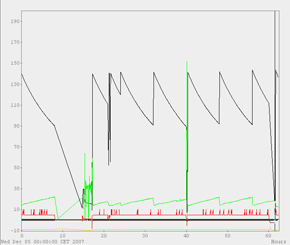
See complete javadoc.
The connection point for this displayer should be set using the connectionParameters property, where the remote name of the ConnectionParameters points to the desired property.

See complete javadoc.
The connection point for this displayer should be set using the connectionParameters property, where the remote name of the ConnectionParameters points to the desired property.
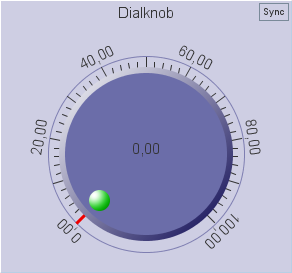
See complete javadoc.
The connection point for this displayer should be set using the connectionParameters property, where the remote name of the ConnectionParameters points to the desired property.
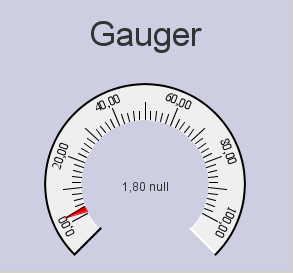
See complete javadoc.
For proper display, user has to load ValueIconPairs which describe each of the values that the displayer can be updated with. AcopIcon can only show readable values.
The connection point for this displayer should be set using the connectionParameters property, where the remote name of the ConnectionParameters points to the desired property.
See complete javadoc.
The connection point for this displayer should be set using the connectionParameters property, where the remote name of the ConnectionParameters points to the desired property.
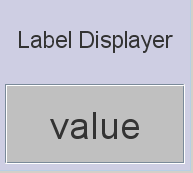
See complete javadoc.
For proper display of values one have to set the minimum and maximum values on the displayer. If the actual value is out of the prescribed bounds, the displayer will notify the user by changing its visual appearance.
The connection point for this displayer should be set using the connectionParameters property, where the remote name of the ConnectionParameters points to the desired property.
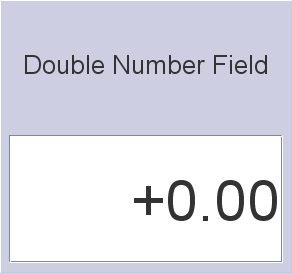
See complete javadoc.
The component consists of a JSlider which has a user interface sensitive to mouse movement. User can set a value by dragging the thumb of the JSlider. The thumb will always show the value that the user has set. A black trailer on the same slider will show the actual value that is read from the remote property. The position of the trailer cannot be set in runtime.
Value on AcopSlider can also be adjusted using the navigation buttons or the number field on the top of the component. By setting certain properties one can configure the size of the steps used when pressing the navigations buttons. If using the number field the value has to be confirmed by pressing enter key before it results in the movement of the thumb.
Slider has three different types of set modes which specify at what actions the set value will be sent to the remote connection point.
The connection point for this displayer should be set using the connectionParameters property, where the remote name of the ConnectionParameters points to the desired property.

See complete javadoc.
Upon constructing this component it will start monitoring all TINE connections. When there is an error in any of the connections the component will change color from green to red and will start blinking. Clicking on the icon will open a dialog with description of the error. If there is an AcopDisplayer in the same window as the spider is and that particular error is connected with one of the displayers, the spider will change the visual appearance of the displayer to notify the user what the error refers to.
AcopSpider can also be used for logging the exceptions that occurs during the operation (see addError(Throwable)).

See complete javadoc.
To connect the table to some remote property one has to add the appropriate AcopTableParameters using the method addDisplayerParameters(AcopTableParameters) or setDisplayerParameters(AcopTableParameters[]). Upon setting the parameters the AcopTable will determine the type of values that needs to be shown and created the appropriate AcopTableColumn. After a monitor on one of the multi-channels is no longer needed, that particular parameters should be removed from the table using the removeDisplayerParameters(AcopTableParameters) method.
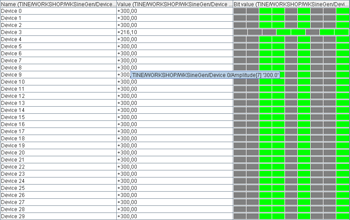
See complete javadoc.
See complete javadoc.
For proper display of values one have to set the minimum and maximum values on the displayer. If the actual value is out of the prescribed bounds, the displayer will notify the user by changing its visual appearance.
The connection point for this displayer should be set using the connectionParameters property, where the remote name of the ConnectionParameters points to the desired property.

See complete javadoc.